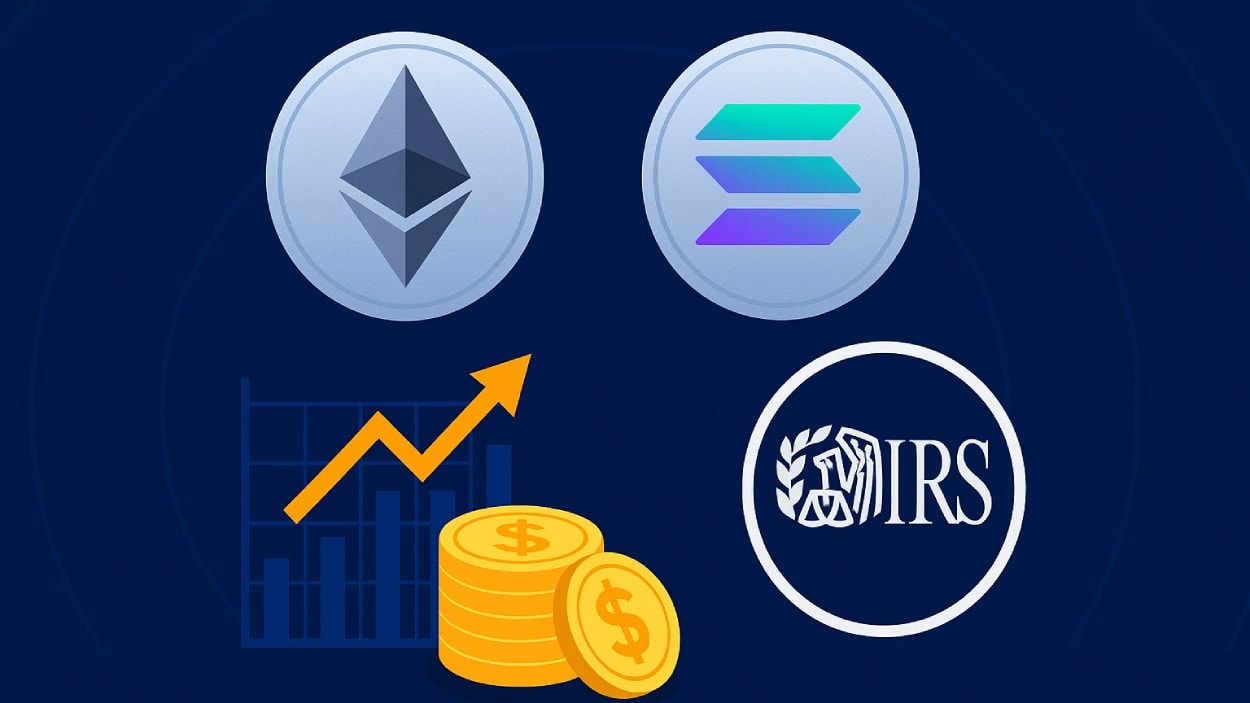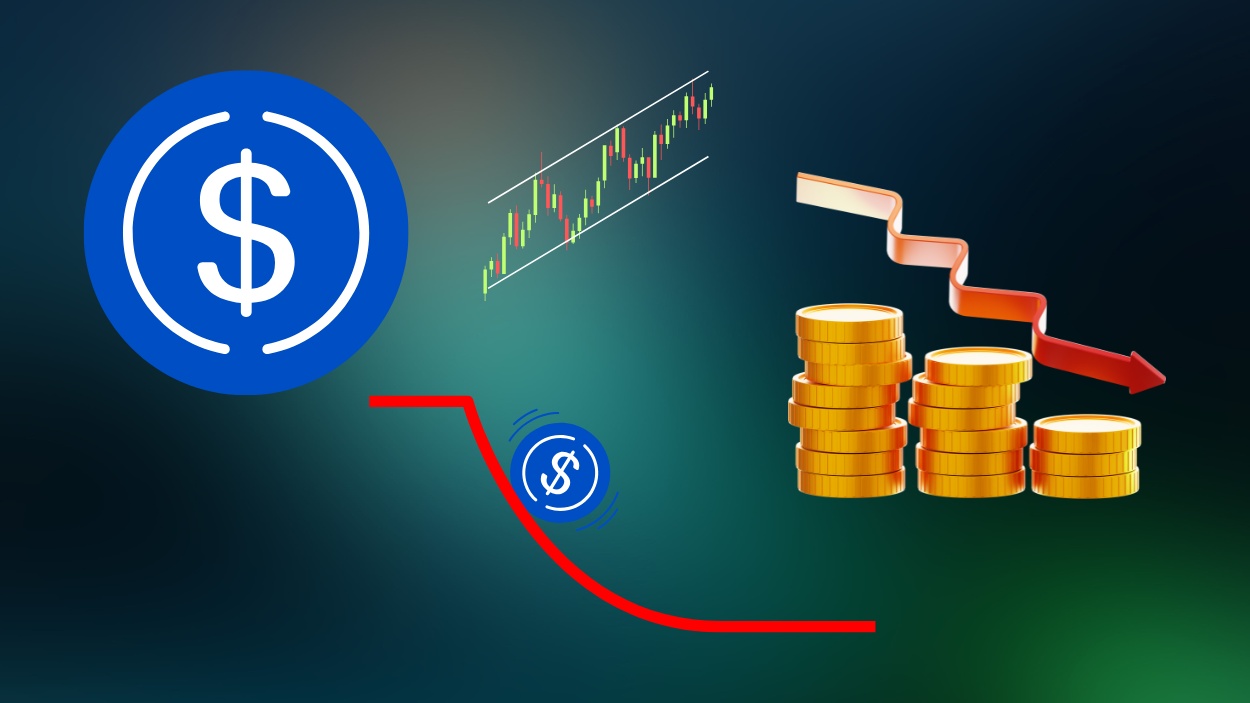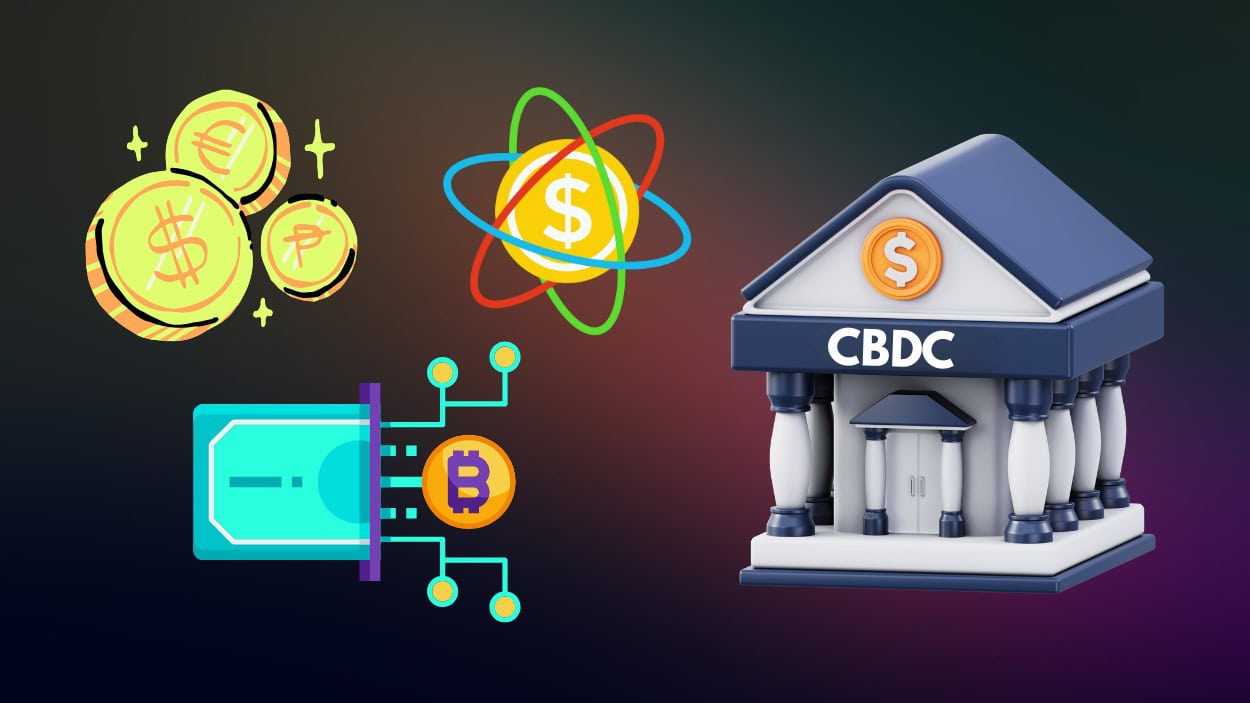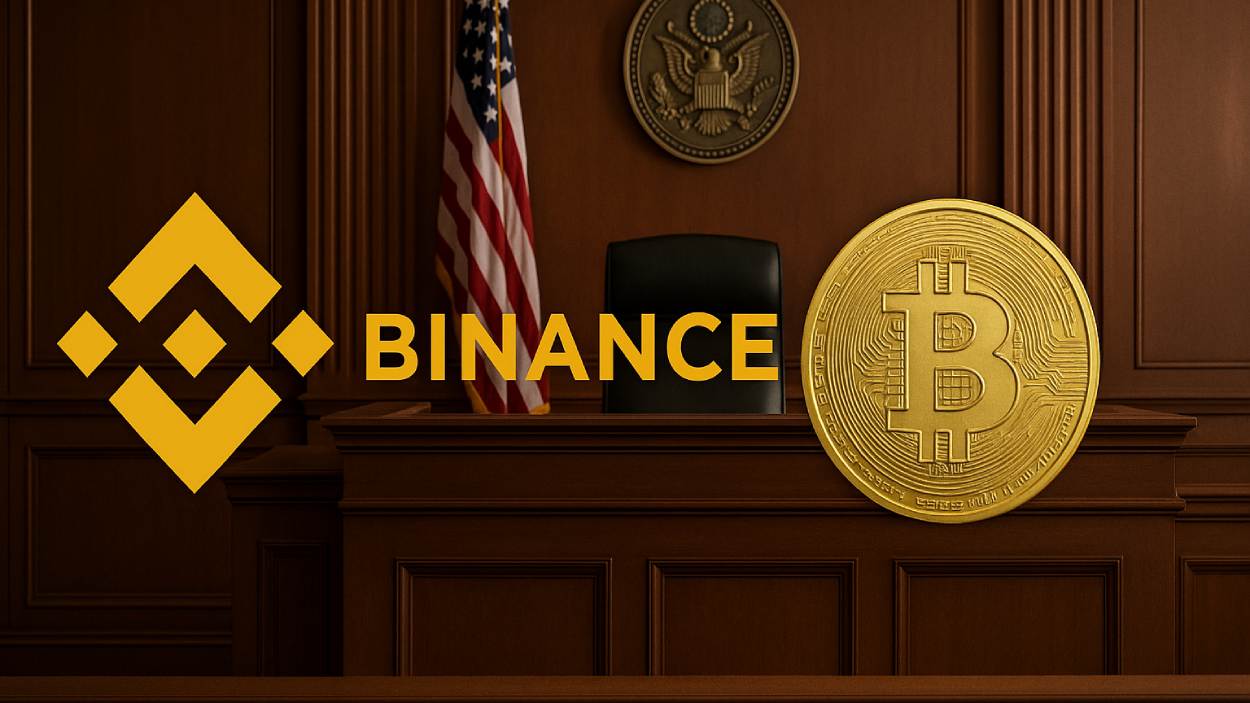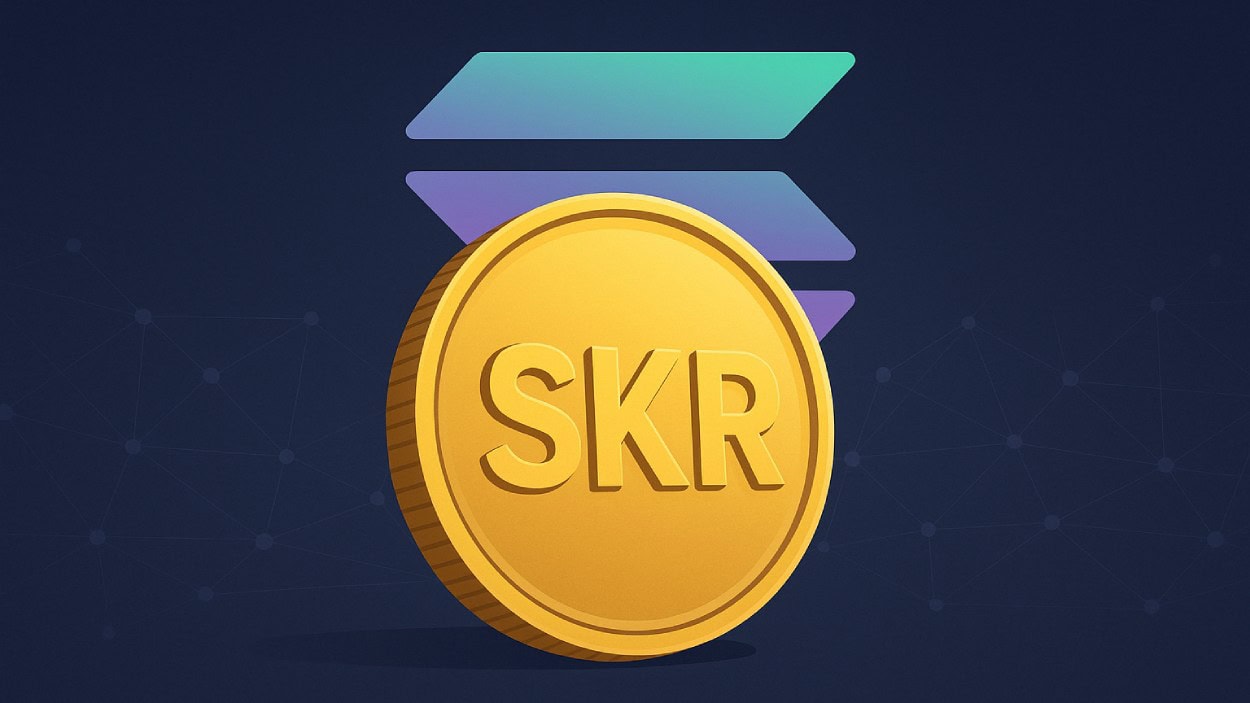The IRS and US Treasury have approved new rules allowing crypto ETFs and ETPs to stake assets like Ethereum and Solana, opening new opportunities for investors.
Key Takeaways
- The IRS released Revenue Procedure 2025-31, permitting crypto ETPs to stake digital assets while keeping their federal tax classification intact.
- The guidance applies to funds holding a single proof-of-stake asset like Ethereum or Solana, along with cash, through a qualified custodian.
- Staking rewards can now be passed on to retail investors in a compliant, regulated manner for the first time.
- The move marks a major regulatory milestone and may fuel new staking-enabled crypto investment products across Wall Street.
What Happened?
The US Treasury and IRS jointly issued guidance this week clarifying that crypto exchange-traded products (ETPs) can legally participate in staking. The policy gives clear tax treatment and compliance instructions, paving the way for ETFs and similar funds to generate and share staking rewards with investors. The update has been praised by industry leaders as a breakthrough for mainstream blockchain adoption.
Today @USTreasury and the @IRSnews issued new guidance giving crypto exchange-traded products (ETPs) a clear path to stake digital assets and share staking rewards with their retail investors.
— Treasury Secretary Scott Bessent (@SecScottBessent) November 10, 2025
This move increases investor benefits, boosts innovation, and keeps America the…
Treasury and IRS Set Ground Rules for Staking in ETPs
The newly issued Revenue Procedure 2025-31 defines a safe harbor that allows crypto ETPs to stake assets without losing their classification for federal income tax purposes. The framework is specific to permissionless proof-of-stake blockchains, which include major networks like Ethereum (ETH), Solana (SOL), and Cardano (ADA).
To qualify, a trust or fund must:
- Hold only one type of digital asset from a proof-of-stake network, along with cash.
- Rely on a qualified custodian for custody.
- Use an independent staking provider.
- Perform no function other than holding, staking, and redeeming the token.
- Follow liquidity rules to ensure investor redemptions.
US Treasury Secretary Scott Bessent endorsed the policy publicly, saying:
The move expands on the earlier Revenue Ruling 2023-14, which defined how staking rewards should be taxed, and follows a related August 2025 SEC statement clarifying that protocol-level staking does not fall under securities laws unless tied to investment contracts.
Big Changes Ahead for ETFs and Retail Investors
For years, legal and tax uncertainty discouraged fund issuers from integrating staking rewards into regulated crypto products. With this new guidance, those barriers are removed.
Now, funds can offer staking-enabled ETFs or ETPs that mirror the yield earned by individual token holders on proof-of-stake networks. This means retail investors could soon access staking yields without the need for crypto wallets, private keys, or validator operations.
Some analysts expect that ETFs already tracking Ethereum or other assets will begin modifying their trust structures within a nine-month window granted under the new rule, meaning staking rewards could be available in mainstream investment accounts by mid-2026.
What Fund Managers Must Do?
Despite the green light, asset managers will still need to prepare carefully. Trust agreements must be revised to allow staking, custodians must meet strict criteria, and there must be transparency around how staking rewards are calculated and distributed.
Fund managers must also account for staking risks, including:
- Slashing penalties if validators behave improperly.
- Liquidity lock-up periods that may restrict fund redemptions.
- Operational costs and validator fees.
CoinLaw’s Takeaway
In my experience, this kind of regulatory clarity has been the missing link in connecting crypto innovation with traditional finance. The IRS and Treasury just unlocked a massive new use case for blockchain networks by allowing staking inside regulated funds. I found this particularly important because it bridges the gap between DeFi benefits and institutional trust. Retail investors can now tap into staking rewards without touching the technical side of crypto. If you’ve been watching from the sidelines, this might be the signal you were waiting for.
Hover or focus to see the definition of the term.

